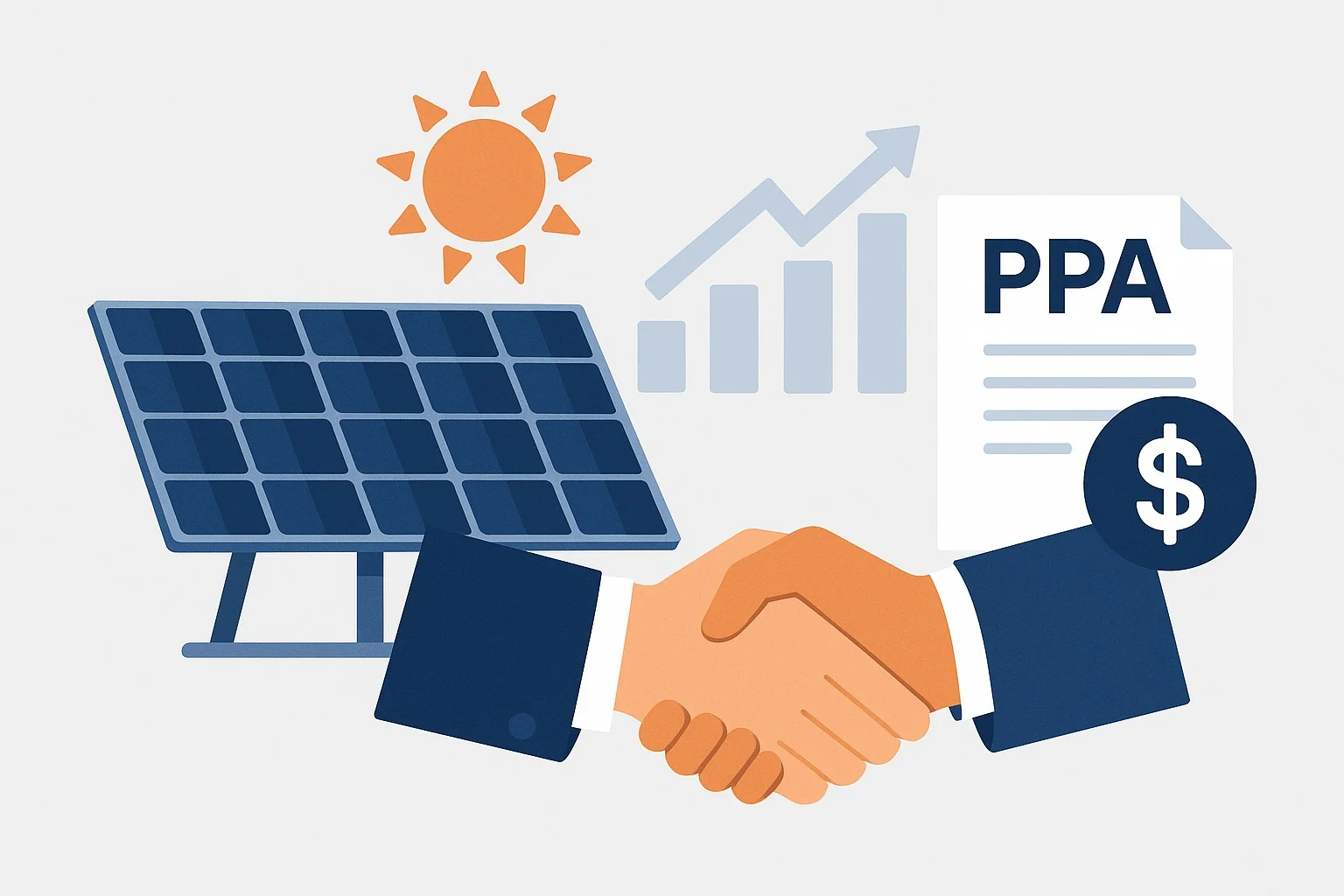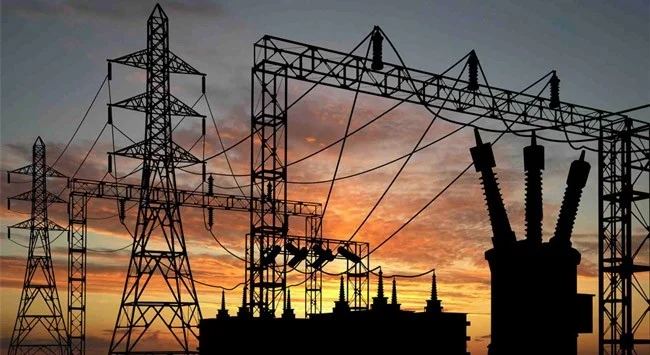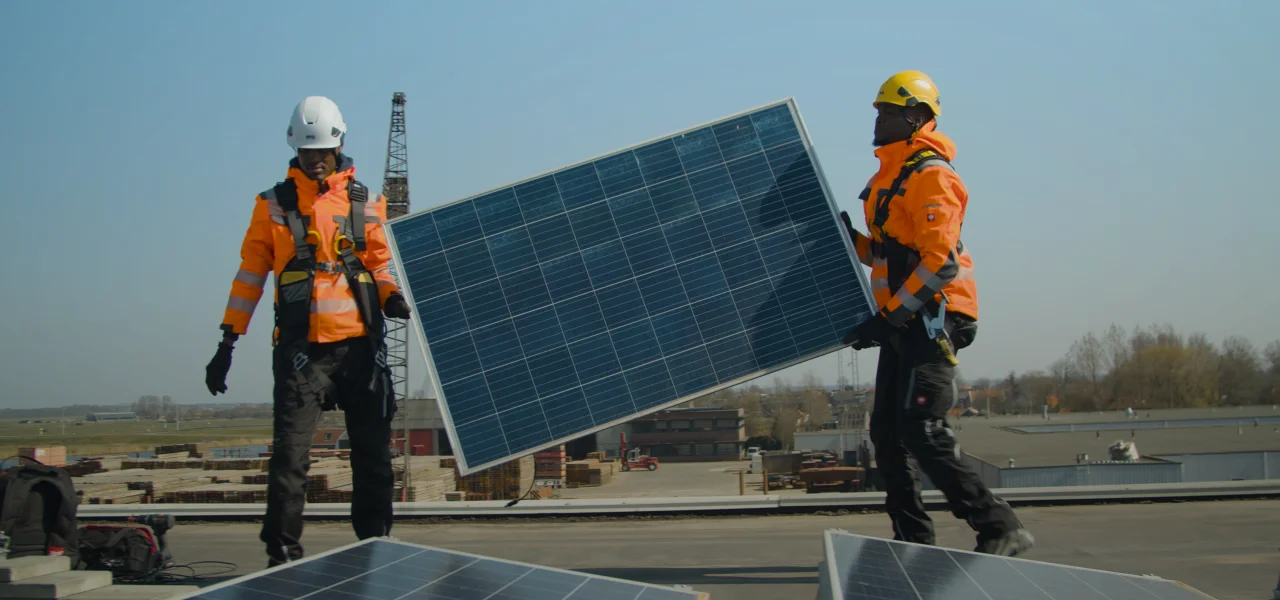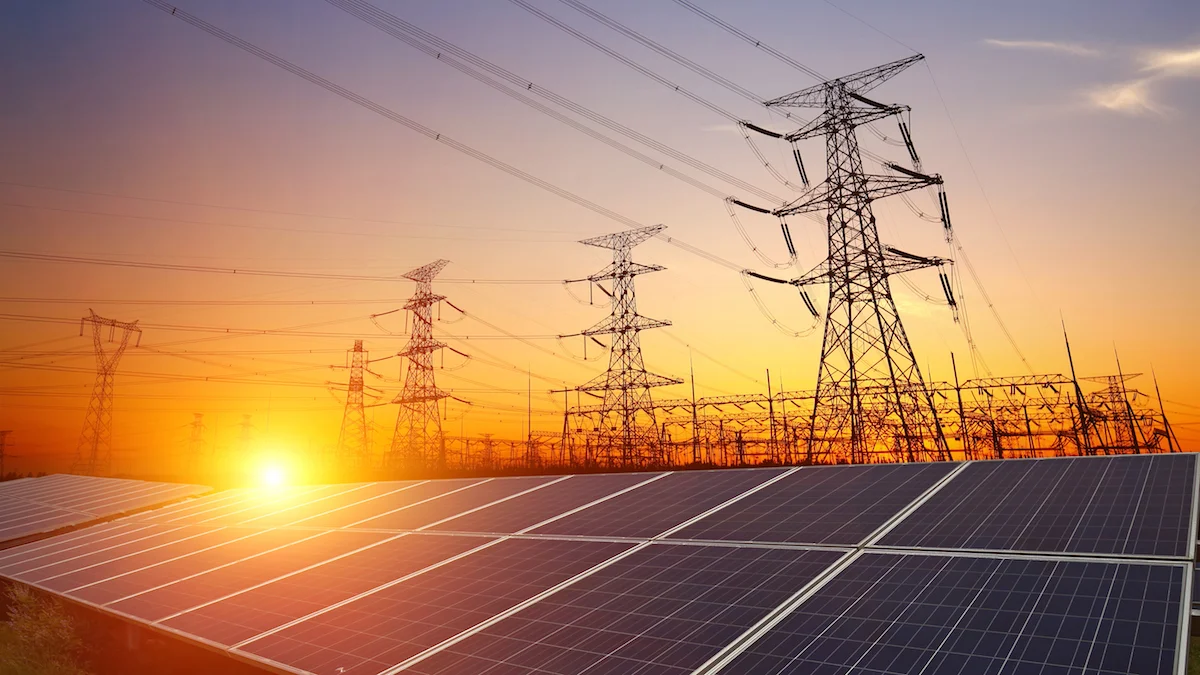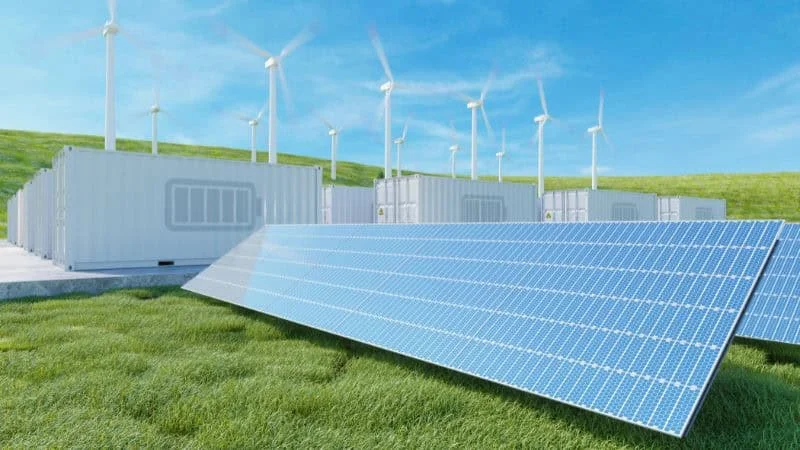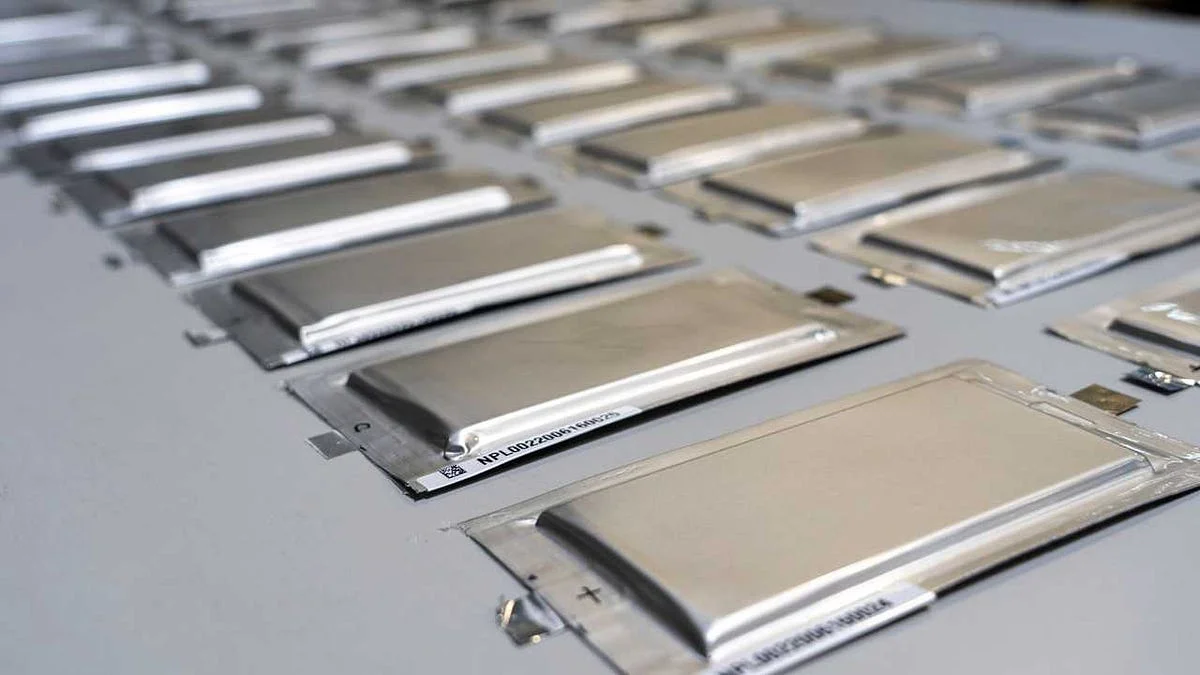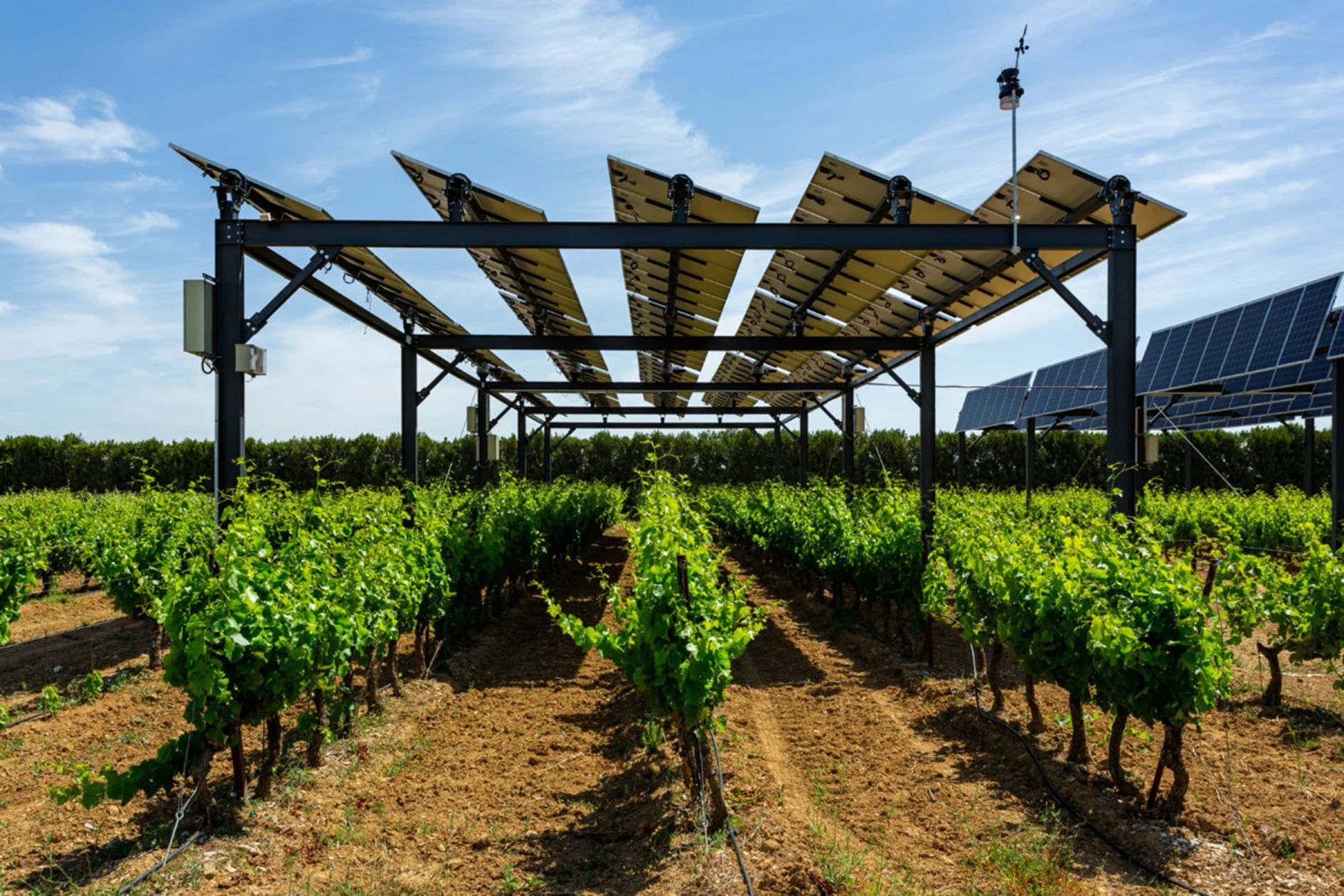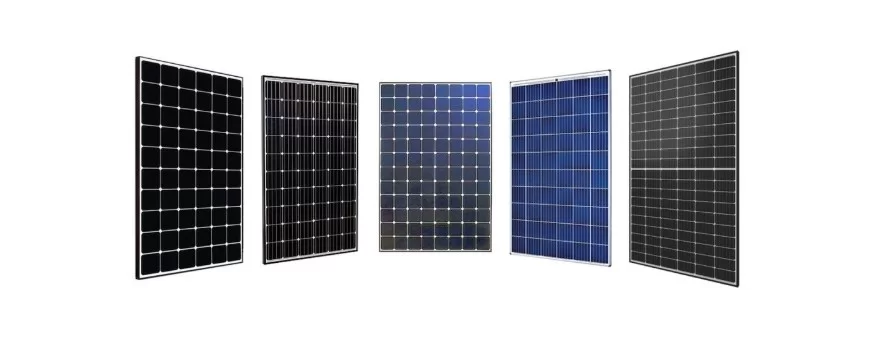
Solar Panel Monocrystalline or Polycrystalline?
Solar panels are electronic equipment that generates heat or electricity using sunlight. Heat-producing panels are called “solar thermal panels,” while electricity-producing panels are called “photovoltaic solar panels.” Despite being more expensive, photovoltaic solar panels have always been more popular. The main reason for this is that they have more than one function, unlike thermal solar panels, which are used only to heat air or water. Photovoltaic solar panels are divided into two main categories: monocrystalline solar panels and polycrystalline solar panels. In this article, we will explain the differences between these two types of solar panels and try to help you decide which one is the best choice for you.
What Are Monocrystalline and Polycrystalline Solar Panels?
Monocrystalline and polycrystalline solar panels are the two most common types of residential solar panels. These panels are made of pure silicon and, like other solar panels, capture solar energy and convert it into electricity. Silicon, which is abundant in both panels, is a very durable material and is an excellent choice for solar cell technologies due to its semiconductor properties. Both monocrystalline and polycrystalline panels use silicon crystal technology. However, monocrystalline panels use a single silicon crystal, while polycrystalline panels are made up of multiple crystals bonded together.
What is the Difference Between Monocrystalline and Polycrystalline Solar Panels?
The main difference between these two types of solar panels comes from the crystal purity of the panel cells. Monocrystalline solar panels have solar cells made up of a single silicon crystal, while polycrystalline solar panels have solar cells made up of multiple silicon crystals bonded together. The crystal purity of cells in monocrystalline solar panels is much higher than that of cells in polycrystalline solar panels.
Differences in Performance
The efficiency of a solar panel is measured by the ratio of the amount of energy it collects to the energy it produces. 25% efficiency means that 25% of the sun's rays are converted into electricity, and the remaining 75% is converted into heat. In light of this, monocrystalline solar panels perform better than polycrystalline solar panels. The main reason for this is that monocrystalline solar cells consist of one crystal, while polycrystalline solar cells consist of a combination of many crystals.
In addition, monocrystalline solar panels start production earlier and finish later. In other words, they are not only more efficient, but also have a longer energy production period.
Differences in Aesthetics
When it comes to aesthetics, most people prefer monocrystalline solar panels. This is because they are simpler and more compatible with the roof of the facility than polycrystalline solar panels, which have a dark blue appearance.
Although this issue has nothing to do with the operation or performance of solar panels, it is important to choose the right and suitable solar panels from the very beginning, which have a service life of 25-40 years.
Differences in Ecological Impact
Both monocrystalline and polycrystalline panels are made of silicon. The silicon manufacturing process is a polluting and energy-consuming process and has a high ecological footprint.
However, the ecological footprint of monocrystalline solar panels is higher than polycrystalline solar panels, because they cause two to three times more material loss in their manufacturing. However, considering the higher efficiency of monocrystalline solar panels, they will compensate for their ecological footprint faster.
Differences in Price
Monocrystalline solar panels are generally more expensive than polycrystalline solar panels due to the more complex manufacturing process and the higher energy requirement. However, since monocrystalline solar panels are more efficient, they produce more energy despite being more expensive. They cover this additional cost with the energy they produce throughout their 25-40 year lifespan.
Which is Right for You: Monocrystalline or Polycrystalline Solar Panels?
If you want high power output and efficiency, as well as less noticeable solar panels on your roof, monocrystalline panels are the right choice. Due to their high efficiency, fewer panels will be sufficient for your energy needs. In this way, mono panels can be preferred on roofs with less space. The period for covering the cost of solar panels is usually between 6-10 years. Although monocrystalline panels are more expensive, they provide more energy savings and shorten the period for covering the cost.
Polycrystalline panels are more affordable, but their efficiency is lower. Therefore, more panels will be needed to get the energy you need. This means more roof space is needed. Also, polycrystalline panels will be much more noticeable on roofs due to their blue color.
You can contact us to choose the most suitable solar panel for you, to get information about installation and to get answers to all your questions. With 20 years of experience, PowerOn brings the most suitable energy solutions to life, taking into account the future of our world.


